Charger Xtar MP2
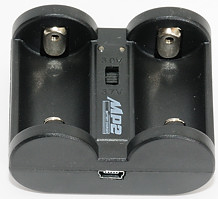
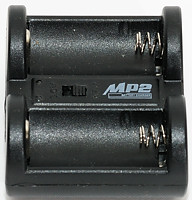
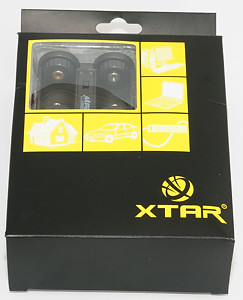
This is a small dual RCR123 charger, that can handle multiple battery types.
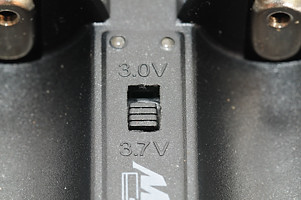
The charger has a switch that can select between 3.0 and 3.7 volt, the 3.7 volt is for normal LiIon and the 3.0 volt is a 3.2 volt position for LiFePO4 cells. The charger has a small led for each channel, this led will be red when the charger is charging and green at all other times.
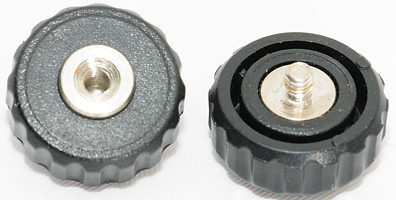

The charger is supplied with two spacers, making it possible to charger smaller cells (Remember: only charge cells that can take a 250 mA charge current!).

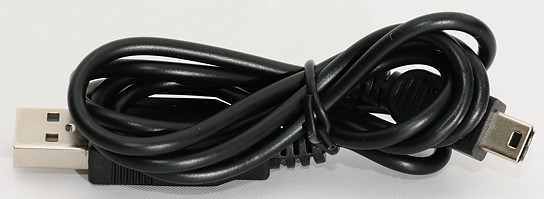
The charger is powered from a mini usb connector.
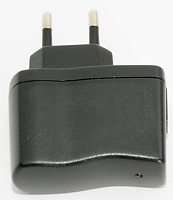

The charger is supplied with a standard usb power supply with universal voltage (100-240VAC 50/60Hz).
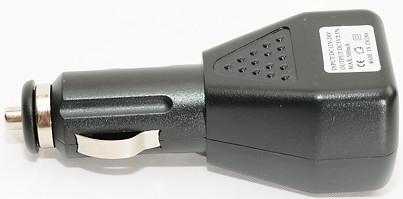
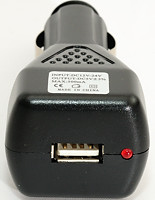
As extras it is possible to get a car adapter.


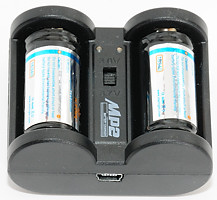

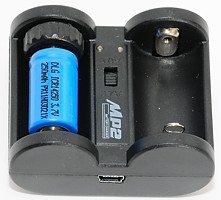
The charger can handle 35.6 mm long batteries, I checked my collection of 16340 cells and they all fitted in it (The long cells was a bit tricky to put in).
Measurements
Below 1.5 volt the charger does not charge, it discharges with up to 80 uA.
Between 1.5 and 2.8 volt the charger charges with about 80 mA.
Between 2.8 volt and 4.2 volt the charger is applying regular charge current (See curve below).
When the charge current goes below 90mA the charging is stopped and it will discharges with 200 uA.
The charger will restart charging when the battery voltage goes below 4.06 volt (3.4 volt on 3.0 volt charger setting).
When charger is disconnected from power, but with a battery in, it will draw below 360uA from the battery.
Two batteries will reduce the charge current with 10%.
Because each channel is independent, the different voltage and currents varies between the channels.
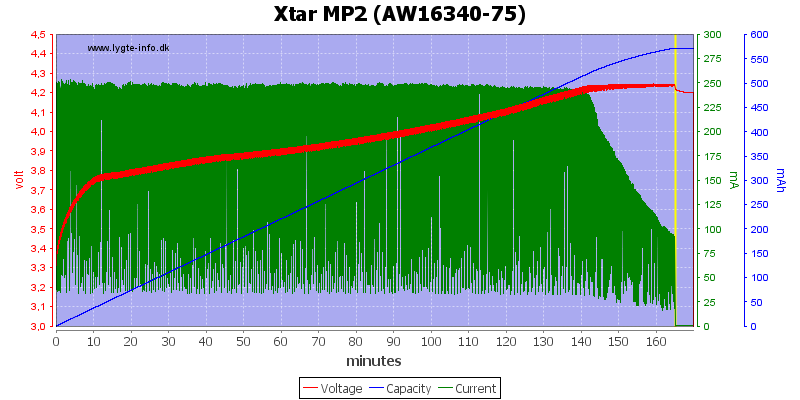
The charge curve looks like a CC/CV charger, and it stops at a rather high charge current. This is not a real problem because the charger measures the voltage with charge current turned off, this means that the charging is not a real CC/CV charging, and the batteries is filled completely, even when the current is turned off at 90mA.
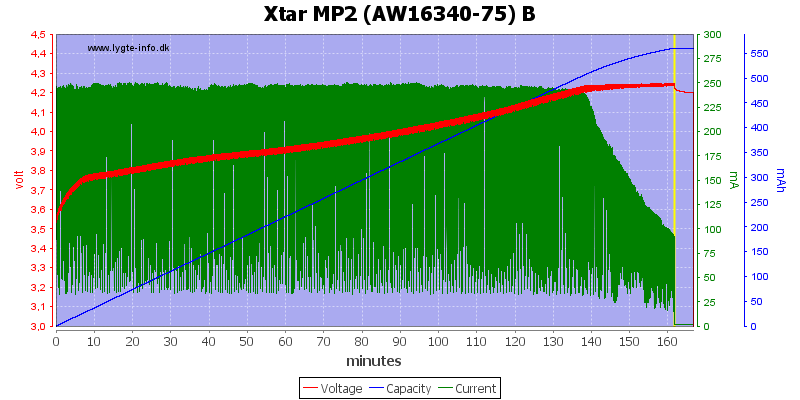
Same battery, but on another channel. There is a good match between the channels.

My old RCR123 IMR cell.
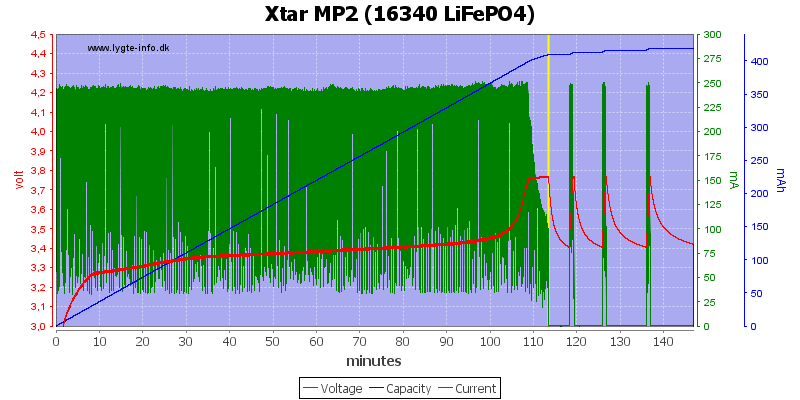
Here I am charging a LiFePO4 cell on the 3 volt position, the low capacity (due to LiFePo4) cell is charged in under two hours, but the charger has some problems with termination, it keeps restarting charging because the voltage falls below 3.4 volt.
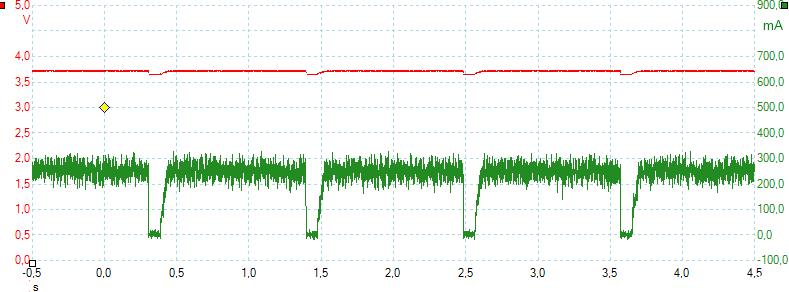
A closer look on all the noise in the current shows that the charger stops charging each time it want to measure voltage. This has the advantage that all connection resistance can be ignored and noise from the charger is eliminated.

The first curve did not show much noise in the charge current, but that was because I used a filter. Without a filter it can be seen that it contains a lot of noise.
Conclusion
The charger has a CC/CV like charge profile, the termination is not according to manufacturer recommendations, but works fine in practice. I like the small size and the ability to also charger LiFePO4 cells. The usb power connector makes it possible to get power from a lot of sources, even a battery power pack. No charging at low voltages might give problems activating a tripped protection.
Notes
Here is an explanation on how I did the above charge curves: How do I test a charger
The charger was supplied by XTAR for a review.






















